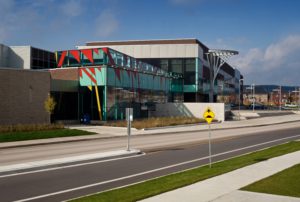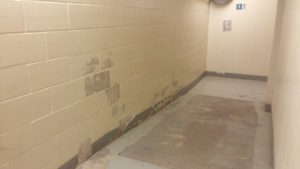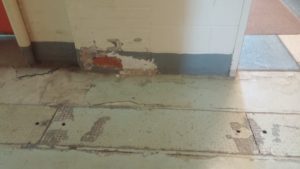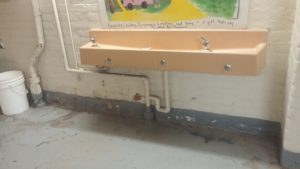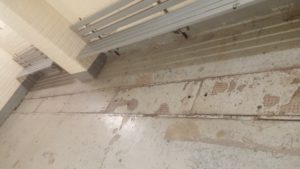Disrepair in publicly funded schools is complicated. Through our work with Fix Our Schools, we have found that at every turn, stakeholders involved in this issue are reluctant to shine a light on disrepair in Ontario’s schools:
- Parents don’t want to believe they drop their children off at a school that is in disrepair and so would rather focus on the great things happening in their children’s schools.
- Teachers don’t have time or the political will to be the “squeaky wheel” every time there is disrepair in their school that needs addressing.
- Principals and Superintendents don’t wish to highlight their school(s) as being in poor condition and risk unleashing a maelstrom of parent anger and frustration (many parents we speak to actually blame principals and caretakers for the disrepair they notice in their children’s schools, which is totally not the case at all!).
- Trustees and School Boards don’t want to risk “biting the hand that feeds them” so tend to be “careful” about naming the provincial government’s funding as the root cause of disrepair in schools.
- Teachers Unions represent individual teacher health and safety concerns when teachers raise these issues. However, they have not focused on disrepair in schools and the impact on teacher working conditions as a key negotiation issue to date.
- Media want photographs of schools in disrepair to illustrate in vivid detail how disrepair looks and create a newsworthy, sensational story. However, they are unable to get permission to access these schools because no principal wants to be the school featured (understandable!) and so media has not provided adequate coverage to this important issue.
And so, disrepair in schools gets ignored again and again and continues to get worse – either because of lack of perspective, time, bandwidth, courage, interest, or political will.
So, collectively, we’ve all in some small way allowed the provincial government to continue to underfund school buildings over the past several decades. To fix our schools, we must come together to not only shine a light on this issue but to demand action on this issue from our provincial government.
To make matters more complicated, much of the $15-billion of disrepair in schools is invisible to the naked eye. Structural concerns, repairs to fire alarm and suppression systems go unnoticed until they fail. You won’t know that the boiler at a school should have been replaced ten years ago until it stops working in February and school gets cancelled for a day! You won’t know that the fire alarm system was broken until … well – you get the idea. So much of the disrepair lurks beneath the surface and is impossible to illustrate, which means people don’t know about it and cannot shine a light on it.
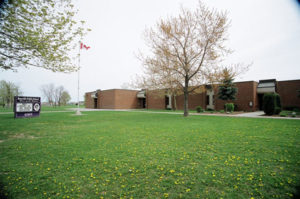 In Windsor, Ontario there is a school called Roseville P.S.
In Windsor, Ontario there is a school called Roseville P.S.
